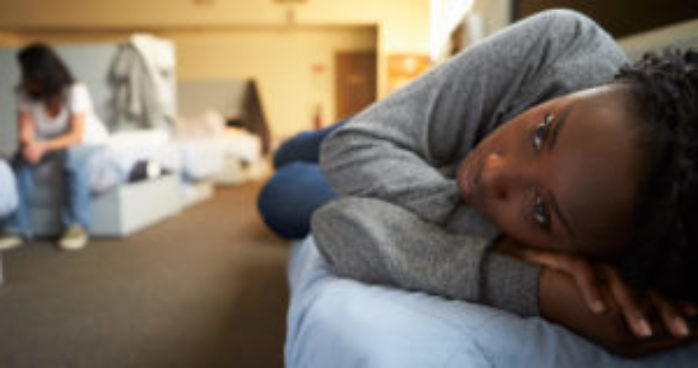
Paddy Gray is Professor Emeritus of Housing at Ulster University and he focuses on the interpretation of ‘homelessness’, and how it’s about more than just shelter.
In May 2014 the Irish cabinet agreed an 80-point-plan to tackle homelessness and eliminate it by 2016. I regularly visit Dublin and I don't see any evidence that homelessness has been eliminated. In fact it appears to be worse than ever. And this is not just people sleeping on the streets. Spiralling house prices, soaring rents and the lack of affordable housing have left many living in overcrowded and intolerable conditions just to get a roof over their head.
Definitions is very important when we talk about homelessness. Rooflessness or houselessness is what it means to many. Having a home means much more than shelter. In cities and towns across the UK and Ireland people are sharing accommodation involuntarily with little hope of getting on what is termed the ‘housing ladder’ given that prices are now beyond the reach of even those on reasonable incomes. What do we mean when we say housing ladder? It suggests that households are climbing one when they get on it and the reference, of course, is owner occupation, which is another misleading concept as in most cases the bank owns the property not the occupier.

I was at a debate recently where research from the Joseph Rowntree Foundation pointed out that we have multiple housing transitions in a lifetime, rather than a housing ladder. A housing ladder suggests a stable life but very few of us have such a luxury. There is an assumption that nothing will be bad once you get on this imaginary structure. Sorry to disappoint you, but in a normal lifecycle all sorts of bad things and unforeseen circumstances take place.
We normally begin life living in a family but many do not even have this luxury. We begin adulthood as a single household then relationships are formed. Many of these last, many don’t. Divorce and separation creates the need for more housing. Then there is income. For some of us income will increase but again for many it will fluctuate and it can go down as well as up. Those in and out of jobs, redundancies, short-term contracts all affect what we can afford and where we live. Then, of course, there is health. People are living much longer but unfortunately health will deteriorate requiring the proper support to stay in our own homes. Also as we get older and our family moves away we are left in housing that is larger than we need but our community links mean we don’t want to move into smaller housing unless it is close by. So when we consider these and other scenarios in our multiple life transitions the housing ladder is more like snakes and ladders.
When we speak about homelessness we mean having a home with all of the security, privacy, and safety that a household should have. Living on the streets is one form of homelessness and is totally unacceptable but living in intolerable conditions, involuntarily sharing, living with the threat of violence within the home or from outside, living without adequate support are all equally unacceptable. There are many out there who are hidden from society but are equally homeless; the hidden homeless.
Click here to download View Digital’s full Homelessness Crisis issue.